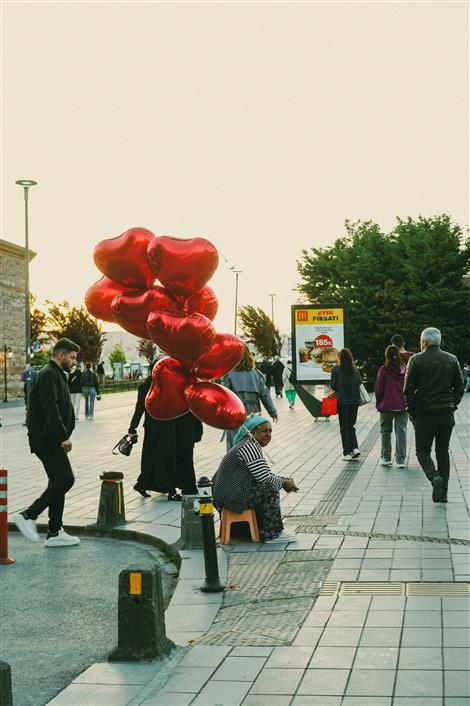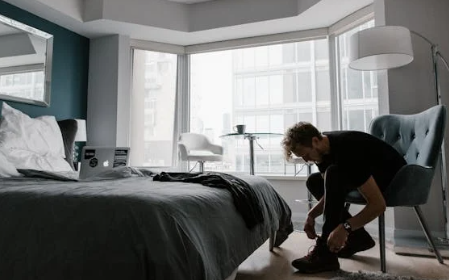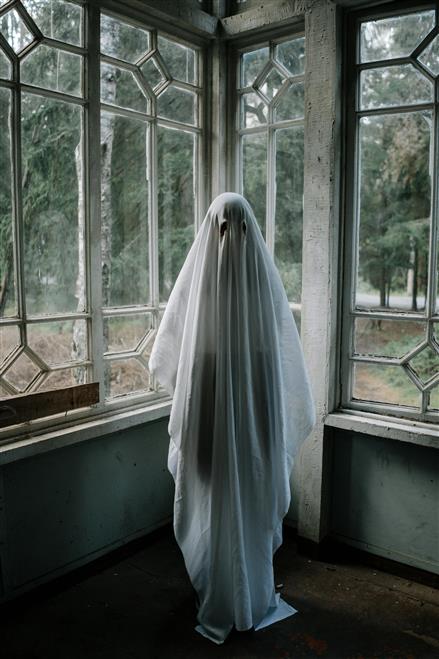
There was a time when mornings belonged to privacy. A few moments of groggy solitude, coffee brewed in silence, a face washed without commentary. Now, for millions, the day begins not with stillness but with a smartphone held above the head, capturing the morning light as it hits neatly made sheets and a perfectly placed book on a nightstand.
Welcome to the era of the performative morning routine—where rising early, journaling, oil pulling, cold plunging, and sipping mushroom coffee aren’t just personal habits, but potential income streams.
When Routine Becomes Performance
It starts with aesthetics: diffused sunlight through linen curtains, white ceramics on oak countertops, minimalism as lifestyle and brand. Influencers and content creators, once focused on travel or fashion, now open their days with time-stamped breakdowns of their “5:30 a.m. routine.” They make bed-making feel cinematic. Tooth brushing is an act of self-care. Breakfast is plated with intention and color correction.
For followers, these routines often promise more than productivity—they signal control, wellness, aspiration. But for creators, these rituals can also become content assets. A video titled “My 6 a.m. Routine for Mental Clarity” doesn’t just rack up views; it links out to affiliate codes, sponsors, product placements, and brand collaborations. The lavender pillow spray isn’t just for sleep—it’s a call to action.
In this version of the internet, the most basic parts of life are no longer private—they’re polished and packaged for mass consumption.

The Rise of the Routine Economy
There’s a growing market for morning routine content because it feels relatable but still aspirational. Unlike luxury travel or high fashion, making a smoothie or writing in a gratitude journal seems achievable. The accessibility draws us in. But make no mistake: behind the appearance of simplicity, there is a finely tuned business model.
Brands have caught on. Health supplements, smart alarms, journals, blue light glasses, robes, weighted blankets—there’s a product for every moment of your morning. And the creators who endorse them are often handsomely rewarded. What starts as an authentic habit can easily shift into a choreographed showcase driven by monetization.
This commercialization raises a question: are influencers sharing their real lives, or are they curating scenes based on what sells? More importantly, how does this constant pressure to perform affect the creators themselves?
The Pressure of Public Ritual
Sharing a morning routine isn’t inherently disingenuous. For many creators, these habits are real and rooted in personal care. But once content and commerce enter the mix, the stakes change. The morning isn’t just yours anymore—it belongs to the audience, the algorithm, the sponsor.
That pressure can erode authenticity. A skipped meditation or a late wake-up suddenly feels like failure—not just personally, but professionally. When your brand is based on discipline and order, deviation is risky. So creators often feel compelled to maintain a curated front, even when real life is messy, unproductive, or off-brand.
This turns daily habits into performative rituals, where wellness becomes work.
The Imitation Effect
It’s not just influencers who feel the pressure. Everyday viewers—students, office workers, stay-at-home parents—internalize these routines as benchmarks for success. Wake up later than 6 a.m.? You’re behind. Don’t use a silk pillowcase or drink green juice? You’re missing out on peak optimization.
For some, watching these routines is motivational. For others, it leads to comparison fatigue. Social media can distort the line between lifestyle inspiration and lifestyle pressure, especially when every personal decision—what time you wake up, how you journal, even what you eat—is measured against someone else’s finely edited version of life.
And unlike traditional ads, which are easy to recognize, this kind of content is more insidious. It’s soft-spoken, aesthetically pleasing, wrapped in wellness language. But at its core, it often promotes consumption and conformity.
Reclaiming the Private Morning
In response, a quiet pushback is forming. Some creators are rejecting the hyper-productivity narrative and choosing transparency over perfection. Others are opting out entirely—logging off in the mornings, protecting their rituals from public gaze.
Among viewers, too, there’s a growing awareness: that just because something is filmed in natural light and set to ambient music doesn’t mean it’s authentic or healthy. People are starting to ask themselves: Who am I performing for? And what do I actually want my morning to feel like?
True routine, after all, isn’t about perfection—it’s about rhythm. And rhythm can be imperfect. It can include snoozed alarms, cereal from a box, checking emails in bed. It doesn’t need to be beautiful or profitable. It only needs to work for the person living it.

The Future of Routine Content
Morning routines aren’t going anywhere. Humans are drawn to structure, and there’s something universally satisfying about a well-ordered start to the day. But as the content economy matures, so does our literacy around it. We’re learning to ask: is this habit helpful, or just trendy? Is it real, or is it marketing?
The answer doesn’t always matter—unless we’re trying to replicate someone else’s life instead of building our own.
In a world where everything is shareable, maybe the most radical act is keeping some things offline. Maybe it’s okay if no one knows what your morning looks like. Maybe your life doesn’t need a link in bio.
Because when everyday life becomes content, we risk forgetting that it was life first—and that’s always been more than enough.



